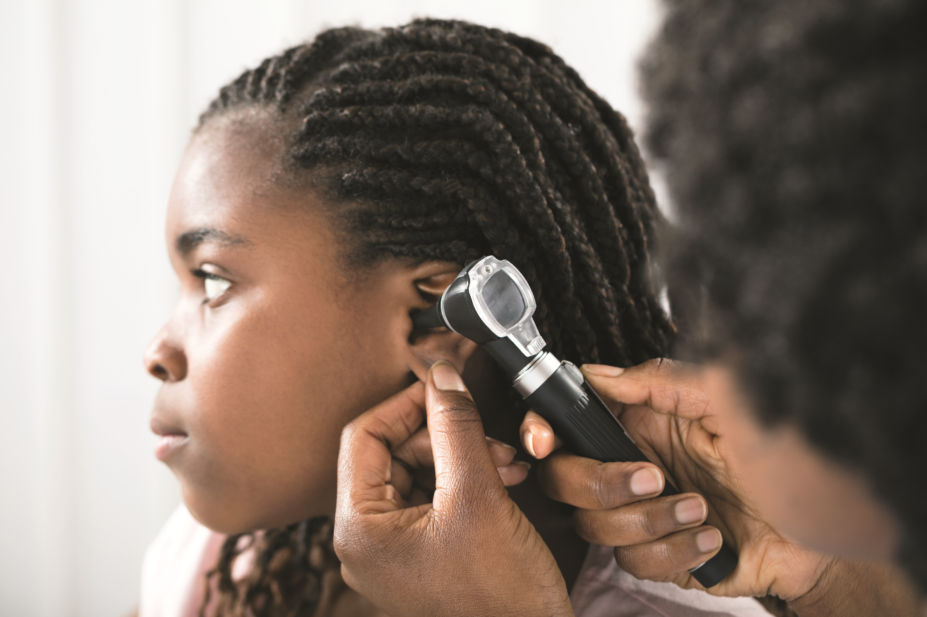
Shutterstock.com
The majority of childhood ear infections should be treated with pain relief rather than immediate antibiotics, according to new draft guidance from the National Institute for Health and Care Excellence (NICE).
The guidance, which is now out for consultation, is based on evidence that most cases resolve without the need for antibiotics, and suggests that complications like mastoiditis are very rare.
“We are all too well aware of the dangers we are facing with antibiotic resistance, so it is vital these medicines are only used when they are effective,” said Gillian Leng, deputy chief executive and director of health and social care at NICE.
“The evidence shows antibiotics are not needed by most children and young people with middle ear infections. We must make sure the people who need them are given them, but routine prescribing in all cases isn’t appropriate.”
NICE reviewed evidence that showed that most cases of acute otitis media in children resolve within three days without antibiotics, and that antibiotics have very little effect on the duration of illness, which can be as long as seven days.
There is also evidence to suggest that acute complications like mastoiditis are so rare that nearly 5,000 children would need to be treated with antibiotics to prevent one case, and antibiotics have limited impact on rates of common complications such as perforated ear drum or recurrent infection.
The guidance says that children and young people presenting with ear infection should be offered paracetamol or ibuprofen, which can be alternated if needed. It says that as long as there is no otorrhoea, indicating a perforated ear drum, patients should receive either no prescription or a back-up antibiotic prescription, and be advised to seek medical help if symptoms deteriorate.
Patients with otorrhoea, and children under the age of two years, may require an immediate prescription, the draft guidance says.
Elizabeth Beech, member of the expert advisory group on antimicrobial stewardship at the Royal Pharmaceutical Society, said that the draft guidance was in line with current practice and Public Health England guidance.
“This reiterates what we already know,” she said. “This is well-established evidence, although unnecessary antibiotics continue to be prescribed and analgesia is not always optimised.”
Beech said that inadequate analgesia can be one of the reasons why children remain distressed and parents seek an antibiotic prescription, and this is an area in which guidance from a community pharmacist can add value.
“Pharmacists are an expert and accessible resource that can advise parents about effective use of painkillers for children with ear ache, as well as appropriate use of antibiotics, and sepsis awareness,” she said.


